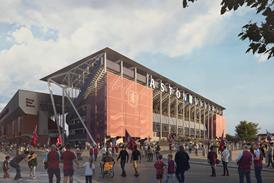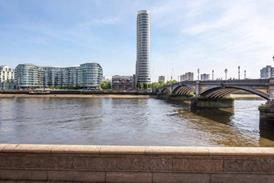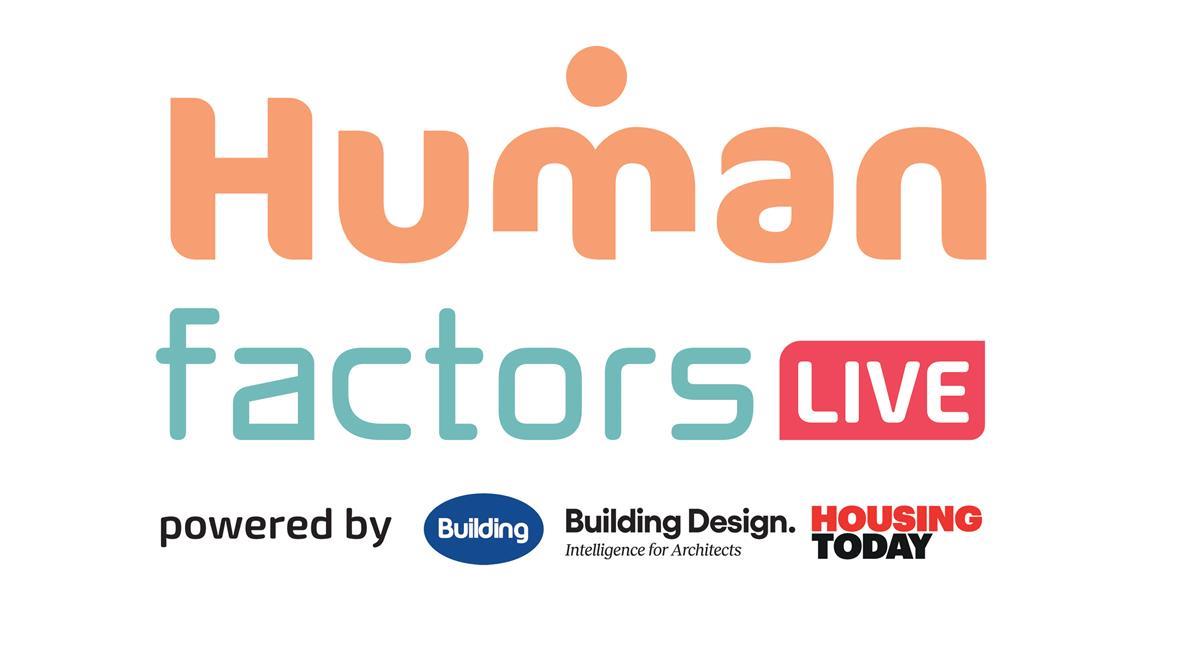- Home
- Intelligence for Architects
- Subscribe
- Jobs
- Events

2025 events calendar Explore now 
Keep up to date
Find out more
- Programmes
- CPD
- More from navigation items
What happens to council housing developments when a local authority goes ‘bankrupt’?

When a section 114 ‘bankruptcy’ notice is put in place, a council’s non-statutory services are restricted and housebuilding ’goes to the back of the queue’. Yet the growing number of councils in this situation are finding ways to carry on building.
What happens to a local authority when it gets into deep financial trouble and its income can no longer meet its expenditure commitments?
There comes a point when local authorities in this precarious position have to issue a dreaded section 114 (s114) notice. These notices, usually referred to in the media (not accurately technically) as “bankruptcy” notices, restrict investment in non-statutory projects until the council’s finances are on a firmer footing.
And councils are issuing these notices in growing numbers. Since 2017, a spate of local authorities have issued s114s, including Northamptonshire, Croydon, Slough, Nottingham, Northumberland and Thurrock. In June this year, Woking Borough Council issued an s114 notice, while Birmingham City Council followed suit in September.
This content is available to registered users | Already registered?Login here
You are not currently logged in.
To continue reading this story, sign up for free guest access
Existing Subscriber? LOGIN
REGISTER for free access on selected stories and sign up for email alerts. You get:
- Up to the minute architecture news from around the UK
- Breaking, daily and weekly e-newsletters
Subscribe to Building Design and you will benefit from:

- Unlimited news
- Reviews of the latest buildings from all corners of the world
- Technical studies
- Full access to all our online archives
- PLUS you will receive a digital copy of WA100 worth over £45
Subscribe now for unlimited access.






